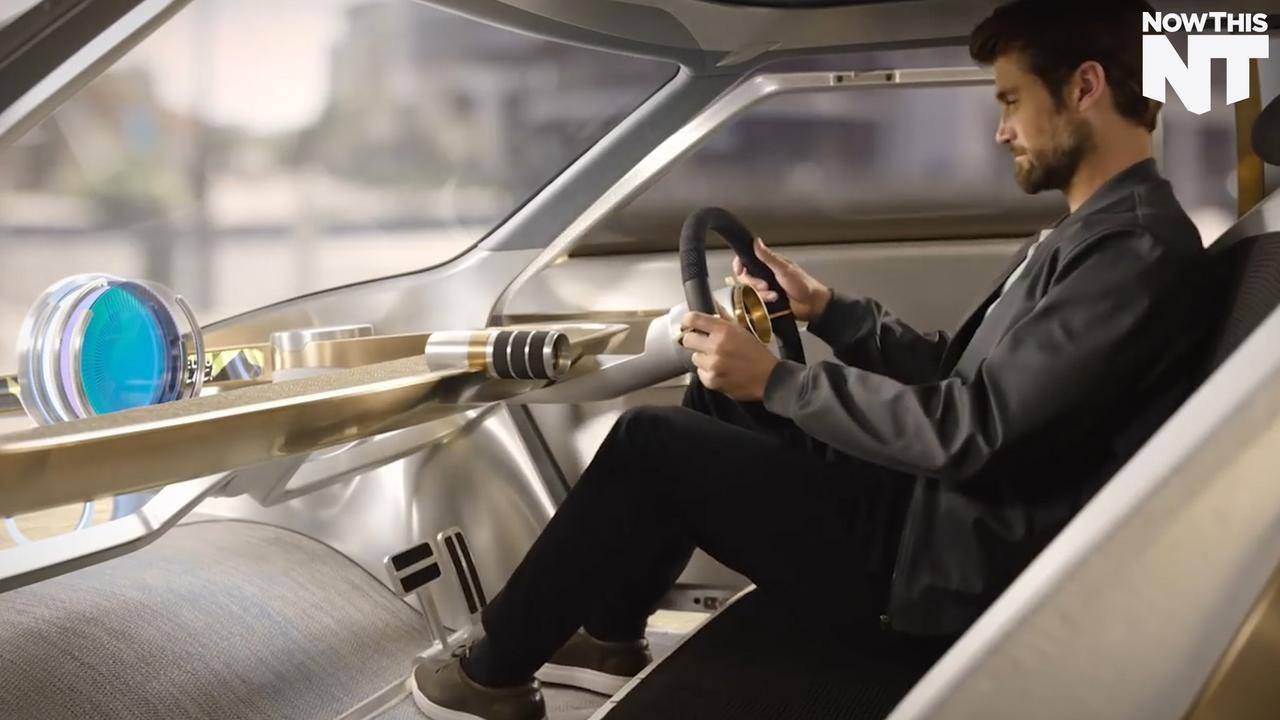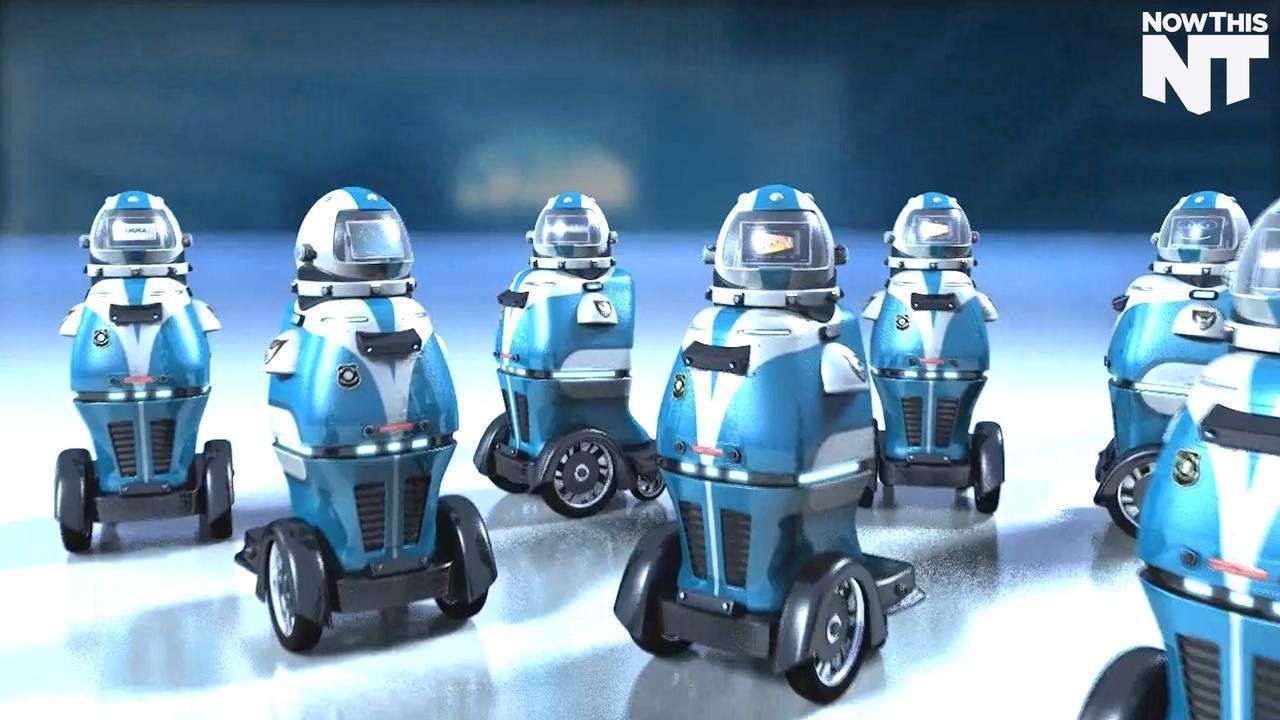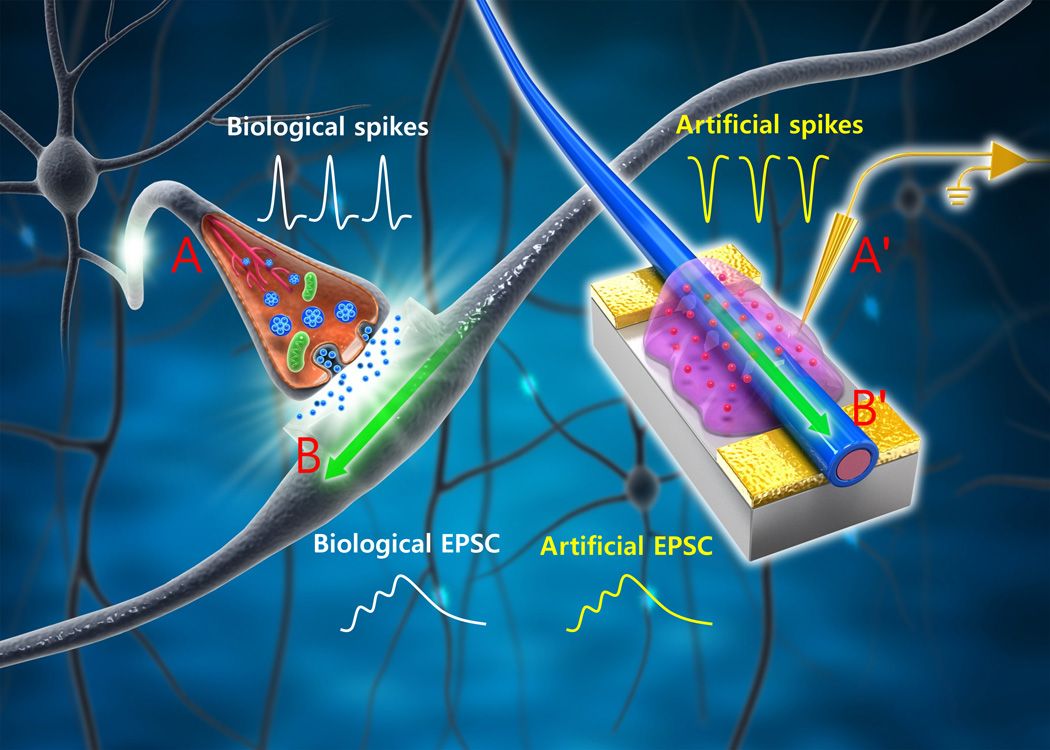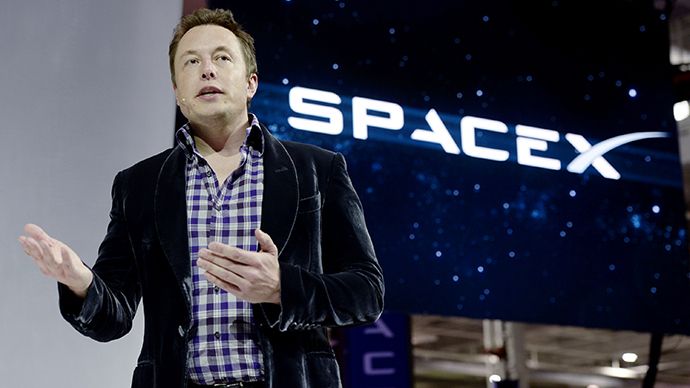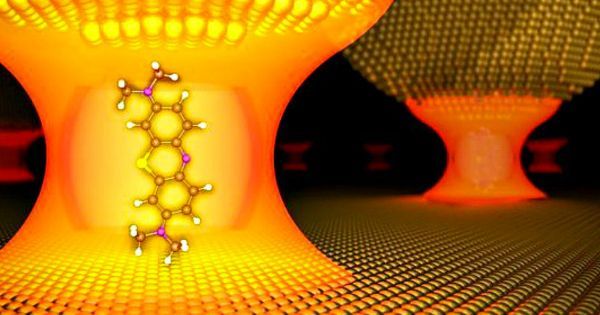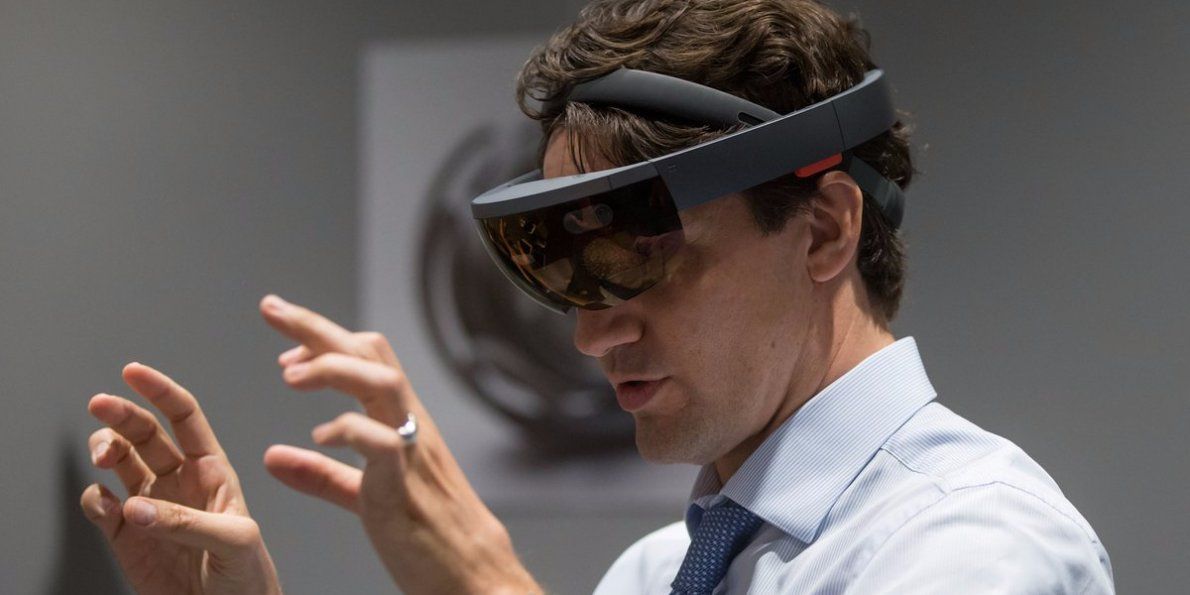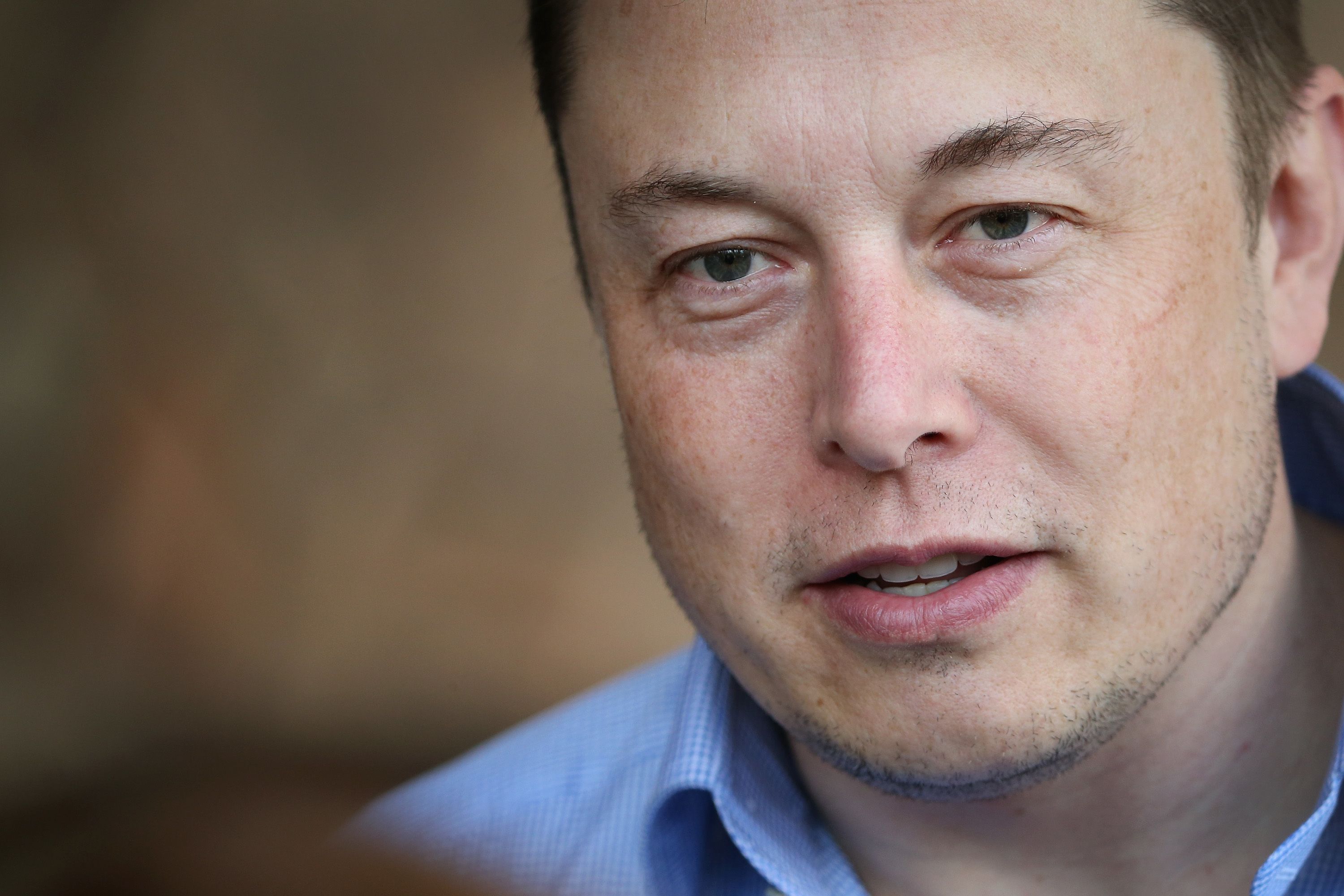Page 11467

These sheets and pillowcases are lined with real silver, so they fight bacteria all on their own.
Jun 20, 2016
This concept car changes itself to fit each driver’s preferences
Posted by Shailesh Prasad in categories: futurism, transportation
Jun 20, 2016
This Robot Is A Security Guard
Posted by Shailesh Prasad in categories: robotics/AI, security
Jun 20, 2016
Researchers create organic nanowire synaptic transistors that emulate the working principles of biological synapses
Posted by Bruno Henrique de Souza in categories: computing, nanotechnology, quantum physics
(Phys.org)—A team of researchers with the Pohang University of Science and Technology in Korea has created organic nanowire synaptic transistors that emulate the working principles of biological synapses. As they describe in their paper published in the journal Science Advances, the artificial synapses they have created use much smaller amounts of power than other devices developed thus far and rival that of their biological counterparts.
Scientists are taking multiple paths towards building next generation computers—some are fixated on finding a material to replace silicon, others are working towards building a quantum machine, while still others are busy trying to build something much more like the human mind. A hybrid system of sorts that has organic artificial parts meant to mimic those found in the brain. In this new effort, the team in Korea has reached a new milestone in creating an artificial synapse—one that has very nearly the same power requirements as those inside our skulls.
Up till now, artificial synapses have consumed far more power than human synapses, which researchers have calculated is on the order of 10 femtojoules each time a single one fires. The new synapse created by the team requires just 1.23 femtojoules per event—far lower than anything achieved thus far, and on par with their natural rival. Though it might seem the artificial creations are using less power, they do not perform the same functions just yet, so natural biology is still ahead. Plus there is the issue of transferring information from one neuron to another. The “wires” used by the human body are still much thinner than the metal kind still being used by scientists—still, researchers are gaining.
Jun 20, 2016
SpaceX lays out a roadmap to getting humans to Mars in a decade
Posted by Shailesh Prasad in categories: Elon Musk, space travel
Elon Musk, the founder of SpaceX, has always had the dream of sending the human race to Mars. Now, thanks to SpaceX’s advancements, that dream is not far off. In an interview with The Washington Post, Musk divulges some new details on his plan to get to Mars.
The first step in his plan is to send an uncrewed spacecraft to Mars as early as 2018. These missions will continue every two years when Earth and Mars are at closest approach supplying rovers and science experiments to the Red Planet, and testing pertinent systems of the spacecrafts.
“Essentially what we’re saying is we’re establishing a cargo route to Mars,” Musk told The Post. “It’s a regular cargo route. You can count on it. It’s going happen every 26 months. Like a train leaving the station.”
Continue reading “SpaceX lays out a roadmap to getting humans to Mars in a decade” »
Jun 20, 2016
Part Light, Part Matter: Physicists Create ‘Mixed Matter’ at Room Temperature
Posted by Shailesh Prasad in category: quantum physics
Scientists from the UK used gold to trap photons with a molecule at room temperature. The experiment shows evidence of the quantum nature of light.
It’s a Trap!
A group of physicists from the UK were able to mix light and molecules at room temperature. This phenomenon is called strong coupling. It has been achieved before, but only at very low temperatures. Achieving this at room temperature makes it easier to manipulate the process and to do experiments at lower costs.
Continue reading “Part Light, Part Matter: Physicists Create ‘Mixed Matter’ at Room Temperature” »

